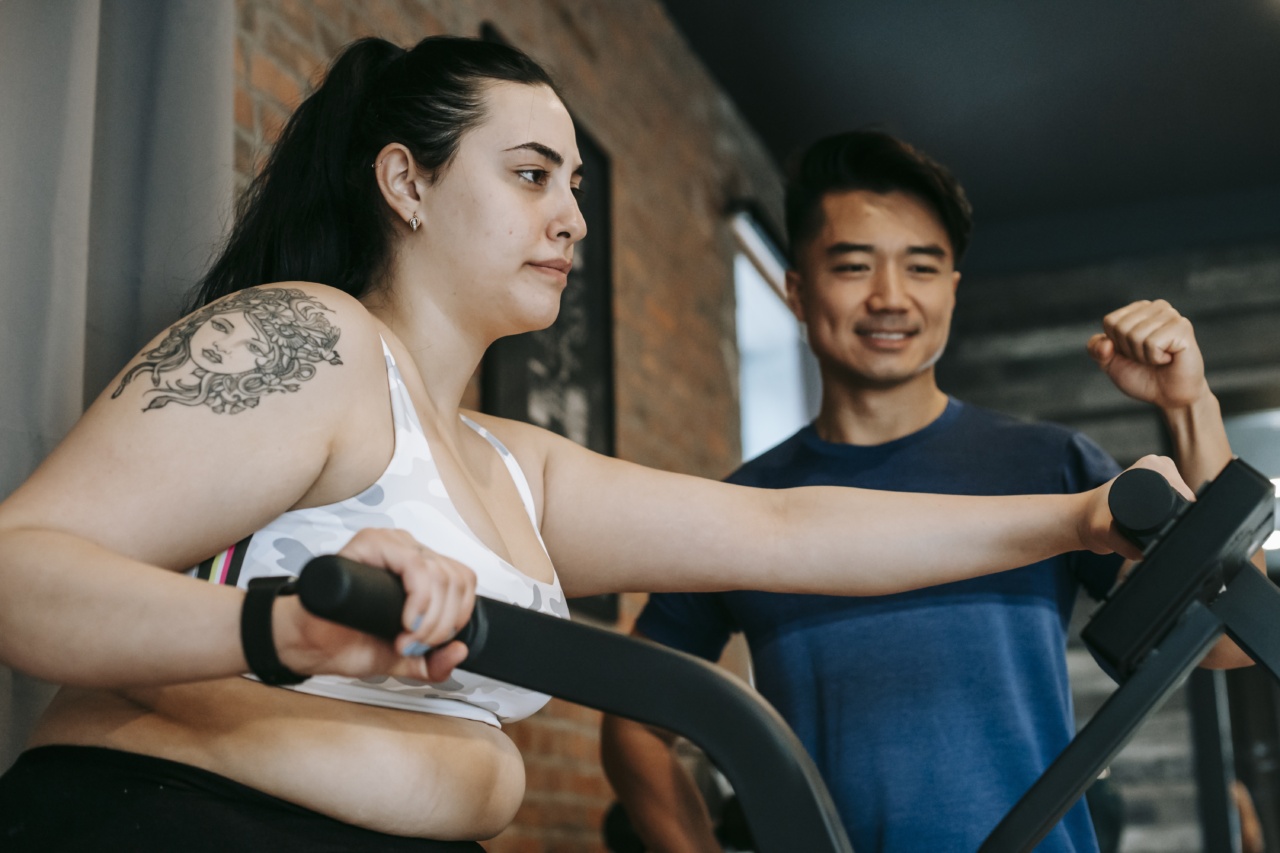Stroke rehab plays a crucial role in the recovery and rehabilitation process for individuals who have suffered a stroke.
Exercise is a vital component of stroke rehab, as it helps to improve physical strength, mobility, and overall quality of life for stroke survivors. In this article, we will explore the importance of exercise in stroke rehab and discuss various exercise interventions that can aid in the recovery process.
Understanding Stroke
Stroke occurs when the blood flow to the brain is disrupted, either due to a blockage (ischemic stroke) or a ruptured blood vessel (hemorrhagic stroke).
This interruption of blood flow can result in damage to the brain cells, causing a range of physical and cognitive impairments.
Why Exercise Matters in Stroke Rehab
Exercise plays a crucial role in stroke rehab due to its ability to promote neuroplasticity, which is the brain’s ability to reorganize and form new neural connections.
Through targeted exercises and repetitive movements, stroke survivors can stimulate neuroplasticity, leading to improved function and recovery.
The Benefits of Exercise in Stroke Rehab
Engaging in regular exercise as part of stroke rehab can bring about numerous benefits:.
- Improved Physical Function: Exercise can help regain strength, range of motion, and coordination that may have been affected by the stroke.
- Better Cardiovascular Health: Stroke survivors often experience cardiovascular issues, and exercise can help improve heart health and reduce the risk of future strokes.
- Enhanced Balance and Stability: Many stroke survivors struggle with balance and stability, and targeted exercises can help improve these areas, reducing the risk of falls.
- Reduced Risk of Secondary Complications: Exercise can help prevent secondary complications such as muscle stiffness, contractures, and pressure sores.
- Boosted Mental Well-being: Regular physical activity has been shown to improve mood, reduce depression and anxiety, and enhance overall mental well-being for stroke survivors.
Types of Exercise in Stroke Rehab
There are various types of exercise interventions that are commonly utilized in stroke rehab:.
1. Range of Motion Exercises
Range of motion exercises focus on moving the affected limbs through their full range of motion. These exercises help improve flexibility, prevent muscle stiffness, and maintain joint function.
2. Strength Training
Strength training involves exercises that target specific muscle groups to improve strength and increase muscle mass. These exercises typically use resistance bands, weights, or bodyweight exercises to challenge the muscles.
3. Aerobic Exercise
Aerobic exercise, also known as cardiovascular exercise, aims to increase heart rate and improve overall cardiovascular fitness. Common forms of aerobic exercise in stroke rehab include walking, cycling, and swimming.
4. Balance and Coordination Exercises
Balance and coordination exercises are essential for stroke survivors as they help improve stability, reduce the risk of falls, and enhance overall motor control.
5. Functional Training
Functional training aims to improve the ability to perform everyday tasks and activities. It focuses on practicing real-life movements such as getting in and out of a chair, climbing stairs, or reaching and grasping objects.
6. Assistive Device Training
For stroke survivors who require assistive devices such as canes or walkers, specific training helps them learn how to use these devices effectively and safely.
7. Virtual Reality Rehabilitation
Virtual reality (VR) rehabilitation is a cutting-edge approach that uses immersive virtual reality simulations to help stroke survivors regain function and increase motivation for rehab exercises.
8. Constraint-Induced Movement Therapy
Constraint-Induced Movement Therapy (CIMT) involves restricting the use of the unaffected limb and encouraging the use of the affected limb. This therapy aims to improve motor function and encourage neuroplasticity.
9. Group Exercise Programs
Participating in group exercise programs can provide stroke survivors with social support, motivation, and a sense of community. These programs often involve a variety of exercises tailored for stroke rehab.
10. Home-Based Exercise Programs
Home-based exercise programs are designed for stroke survivors who may have limited access to rehabilitation facilities.
These programs provide guidance on exercises that can be performed safely at home, enabling individuals to continue their rehab journey.
Conclusion
Exercise is an indispensable component of stroke rehab due to its ability to promote physical, cognitive, and emotional recovery for stroke survivors.
From range of motion exercises to virtual reality rehabilitation, there are various exercise interventions available that can be tailored to individual needs. By incorporating exercise into their rehabilitation journey, stroke survivors can maximize their potential for recovery and improve their overall quality of life.






























